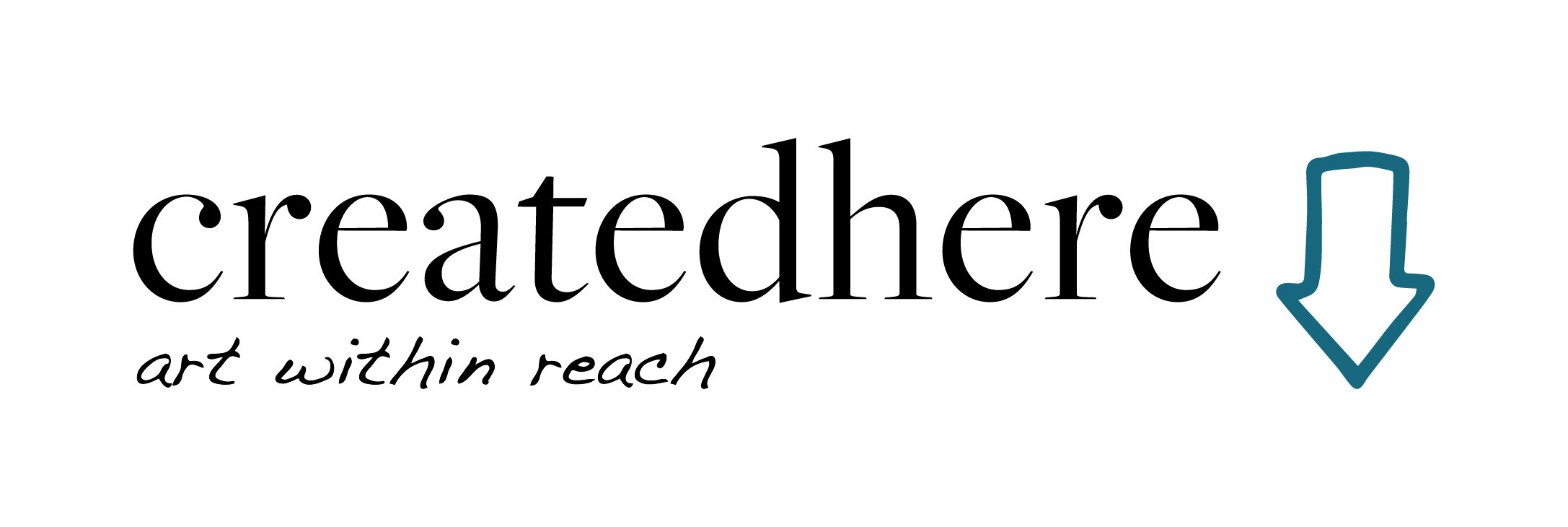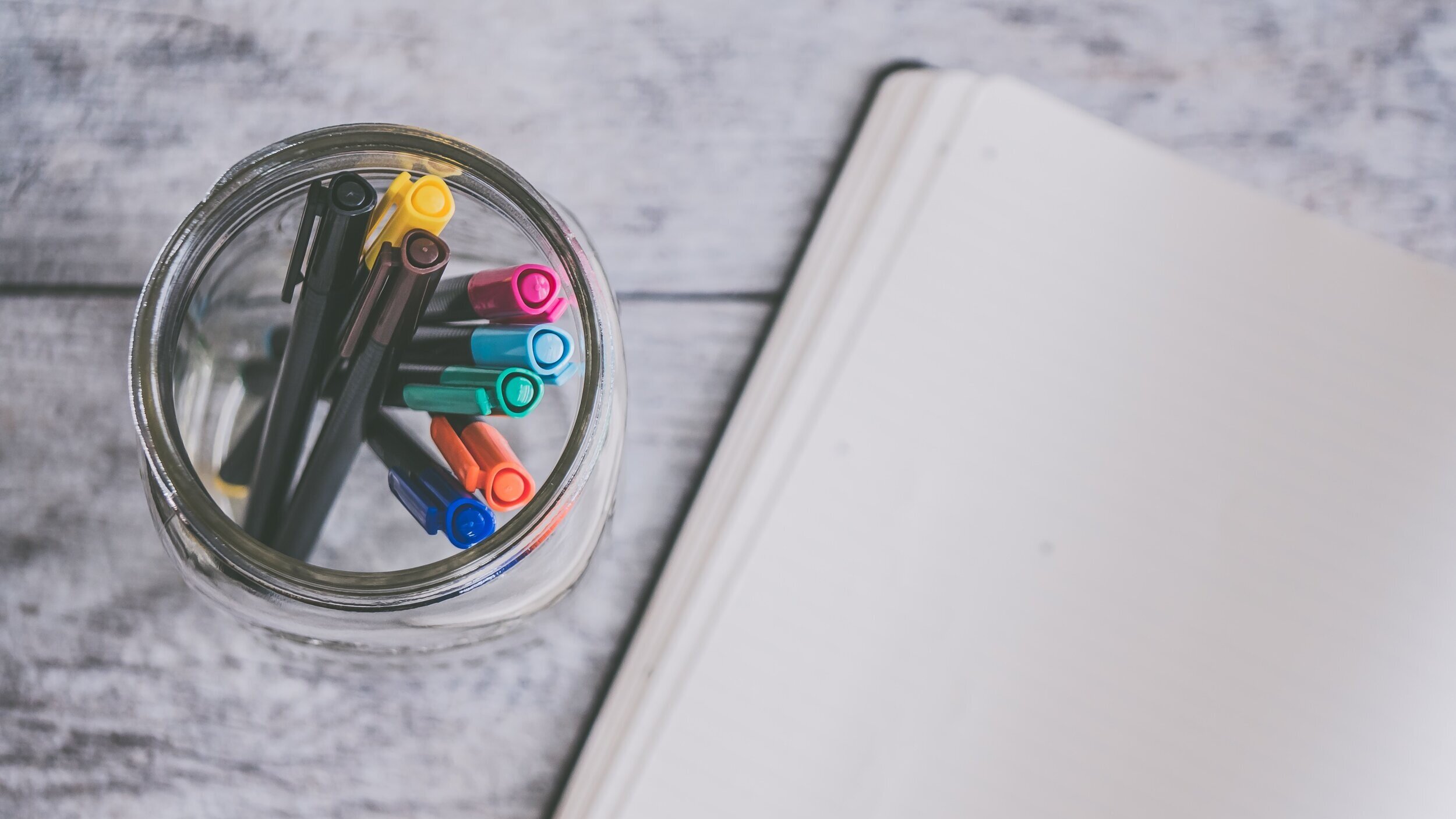Avoid Artist Statement Angst: How to Write Yours Without Freaking out.
Your work doesn’t speak for itself.
If you have landed here today, you might be struggling with writing an artist statement. A written description of your art practice, you may need this document in an application to a gallery, as an assignment for art school, or to create a new website or brand. Whatever the case, every professional artist should have an artist statement ready to go to help explain their work to an audience.
The only problem? Writing an artist statement can be really hard! We say this not to intimidate, but to validate your struggle. It’s not easy to translate all the visual, emotional, and thematic ideas of your art into a typed up blurb less than 300 words long. Creating art, and writing about art, are two entirely different skillsets, and just has you have taken the time to hone your practice, it will take some time to craft the perfect description of your art.
But fear not, we are here to help! We’ve done our research and uncovered 6 tips for building your artist statement so you can transcribe your fabulous visual works of art into words without overwhelming your brain.
1) Keep in mind that your artist statement is a living document. It will change over time just as your practice shifts and matures. This takes some of the pressure off of trying to make it perfect right away—what you are working on today is just one version of many!
2) Read as many artist statements as you can to get the hang of the format. Spend an afternoon looking at the statements of your favourite artists and then their favourite artists. When you are finished, take a good long look at their work. Can you see how their statement applies? Next look at some art without reading the statement. Be a detective. Can you guess what it might say? Were you right?Take notes while you do this and highlight your favourite words and descriptions.
3)Make your statement unique to you. While reading how others describe their work is a great starting point, you don’t want to copy anybody. In the same vein, avoid generalities. Don’t write about how much you enjoy your craft or how much you loved making art as a child. This is true for most of us, it is not specific to you. Be careful about saying your work is a form of therapy as well unless this is a key part of your practice. Also, narrow your language down to words you’d use in everyday conversation to avoid annoying artspeak. Here are some overused word and phrases we’d recommend deleting:
Humanity
Explores
Iconic
Immersive
Juxtapose
Controversial
Deconstructs
Performativity
Speculative
Radical
Emerging
Concerns
Existence
Human condition
Poetic
Notions
Transformative
Derivative
Fascinated
Testament
Theoretical
Virtue
And:
“Ever since I was a child…”
“The viewer is left with…”
4) Don’t make your statement a piece itself. There is nothing more irritating than a super cryptic artist statement. The audience genuinely wants to know what your work is about, don’t make them work too hard for it. Please don’t write your statement as an allegory or a poem. (Also, a friendly reminder that this isn’t your Artist Bio either, so don’t explain your life story here.)
5) Speak your statement. If writing is really not your thing, try creating your artist statement using your voice. You could do this solo with a voice recorder or vlog style, or invite a friend to help you. Let yourself be silly, pour some wine or change into your pj’s so you can talk about your practice comfortably. Have your friend ask you questions and ask some back. Record the whole conversation and when you listen back to it you will be amazed by all of the gems that you came up with.
6) Answer Questions. If you are still stuck. The big 3 questions your artist statement should answer are:
What was your inspiration for the work?
What does it mean to you personally?
What do you want the viewer to take away from it?
Here are some of our favourite additional questions to ask yourself:
Why do you make what you make?
Who is your art for?
What do people ask you most often about your work?
What is the best comment/compliment someone has given you about your work?
Why are you drawn to this subject?
No one is more familiar with your practice than you are, dear artist, so take heart that you are the best person to describe it. You WILL do your work justice. Now draw in a deep breath and go write that statement you creative genius you!
💖
Bonus Book Rec!
If you are looking to take your art writing to the next level we recommend ART-WRITE: THE WRITING GUIDE FOR VISUAL ARTISTS by Vicki Krohn Amorose
How to Beat Artist Block: 3 Remedies to Get You Back Into the Flow.
If you haven’t been feeling your wonderful creative self lately, check out this past article and kiss that artistic rut goodbye!







